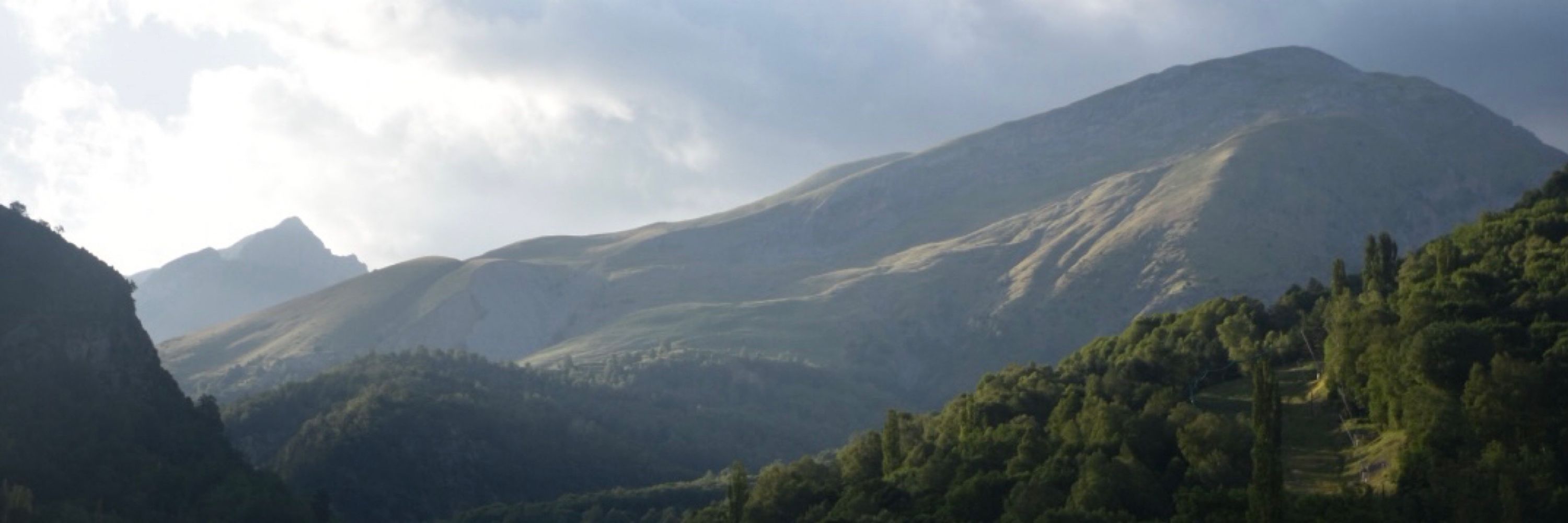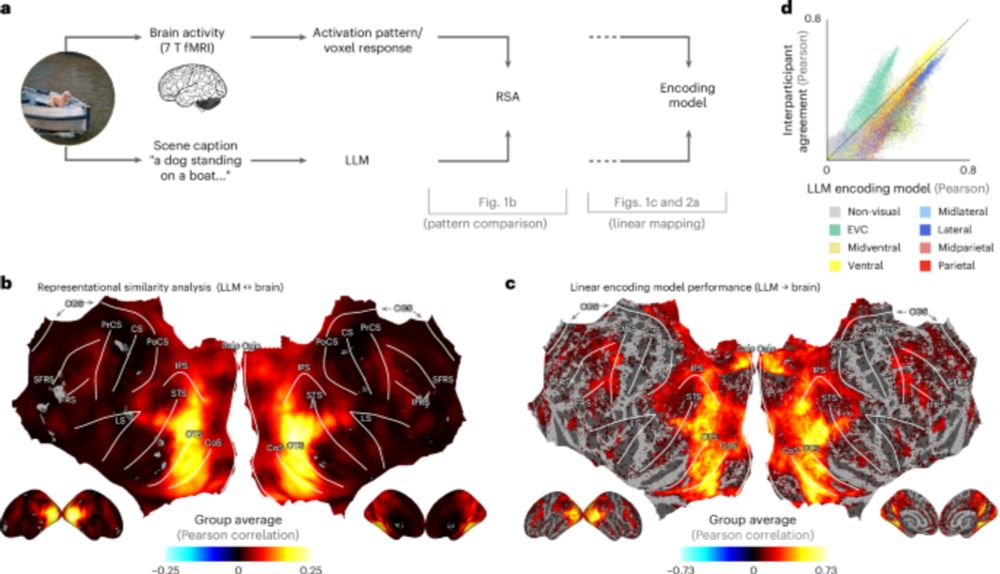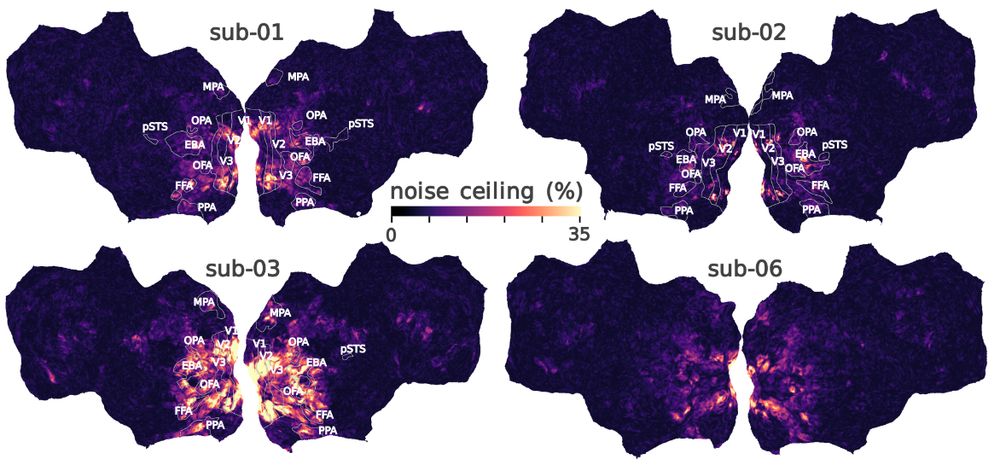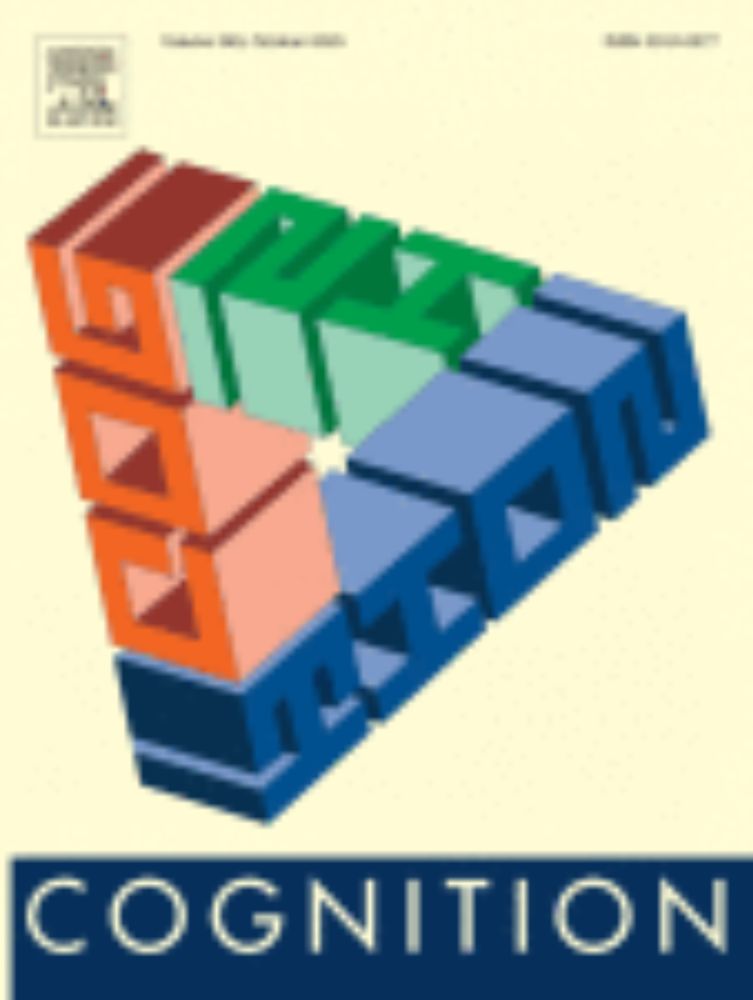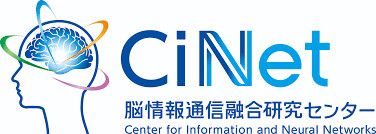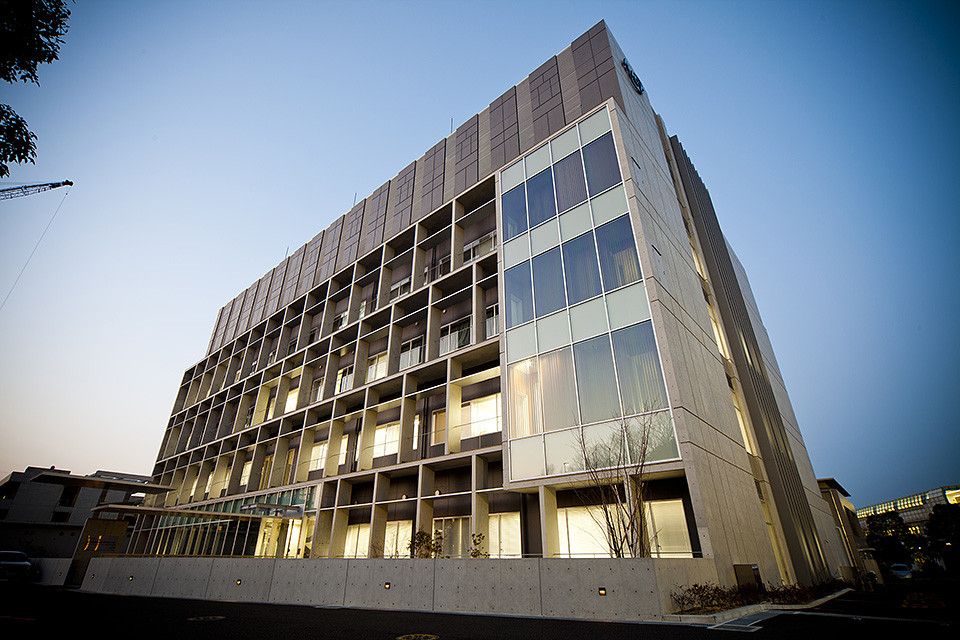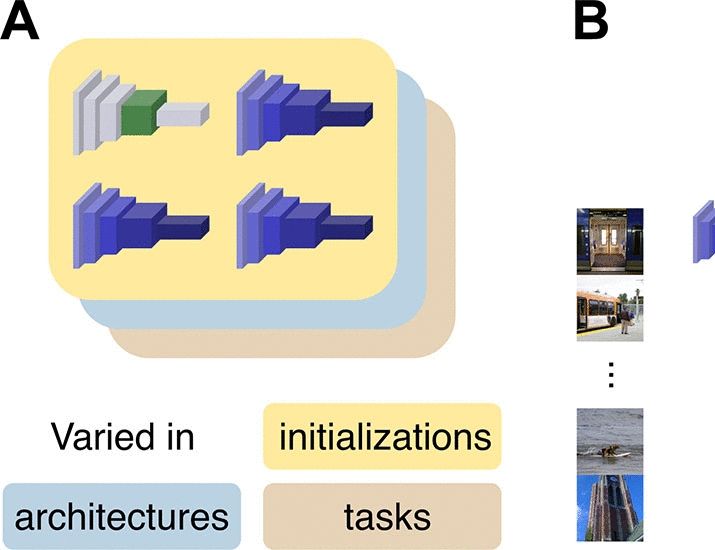Simon Faghel-Soubeyrand
@simonfsoubeyrand.bsky.social
110 followers
200 following
24 posts
Oxford Postodoctoral Researcher, Staresina Lab || Banting Postdoctoral Fellow || vision, memory, sleep, machine learning
Posts
Media
Videos
Starter Packs
Pinned
Reposted by Simon Faghel-Soubeyrand
Reposted by Simon Faghel-Soubeyrand
Reposted by Simon Faghel-Soubeyrand
Reposted by Simon Faghel-Soubeyrand
Hayoung Song
@hayoungsong.bsky.social
· Sep 5

A neural network with episodic memory learns causal relationships between narrative events
Humans reflect on past memories to make sense of an ongoing event. Past work has shown that people retrieve causally related past events during comprehension, but the exact process by which this causa...
www.biorxiv.org
Reposted by Simon Faghel-Soubeyrand
Matthias Nau
@matthiasnau.bsky.social
· Sep 4

A transformation from vision to imagery in the human brain
Extensive work has shown that the visual cortex is reactivated during mental imagery, and that models trained on visual data can predict imagery activity and decode imagined stimuli. These findings ma...
www.biorxiv.org
Reposted by Simon Faghel-Soubeyrand
Matthias Nau
@matthiasnau.bsky.social
· Aug 28

Studying memory narratives with natural language processing
Cognitive neuroscience research has begun to use natural language processing (NLP)
to examine memory narratives with the hopes of gaining a nuanced understanding of
the mechanisms underlying differenc...
www.cell.com
Reposted by Simon Faghel-Soubeyrand
Alexander Huth
@alexanderhuth.bsky.social
· Aug 18
Reposted by Simon Faghel-Soubeyrand
Xiongbo Wu
@xiongbowu.bsky.social
· Jul 30
Reposted by Simon Faghel-Soubeyrand
Reposted by Simon Faghel-Soubeyrand
Reposted by Simon Faghel-Soubeyrand
Fernando Rosas
@frosas.bsky.social
· Jul 22
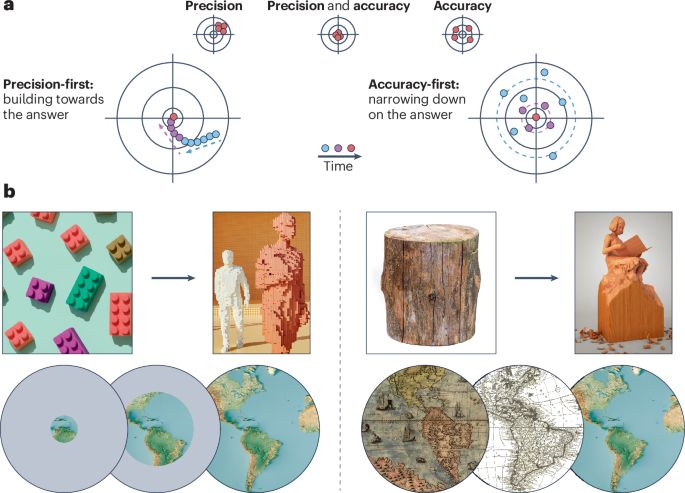
Top-down and bottom-up neuroscience: overcoming the clash of research cultures - Nature Reviews Neuroscience
As scientists, we want solid answers, but we also want to answer questions that matter. Yet, the brain’s complexity forces trade-offs between these desiderata, bringing about two distinct research app...
www.nature.com
Reposted by Simon Faghel-Soubeyrand
Anna á V. Guttesen
@annaavali.bsky.social
· Jul 21
Reposted by Simon Faghel-Soubeyrand
Reposted by Simon Faghel-Soubeyrand
Reposted by Simon Faghel-Soubeyrand
Reposted by Simon Faghel-Soubeyrand
Feilong Ma
@feilong.bsky.social
· Jul 11
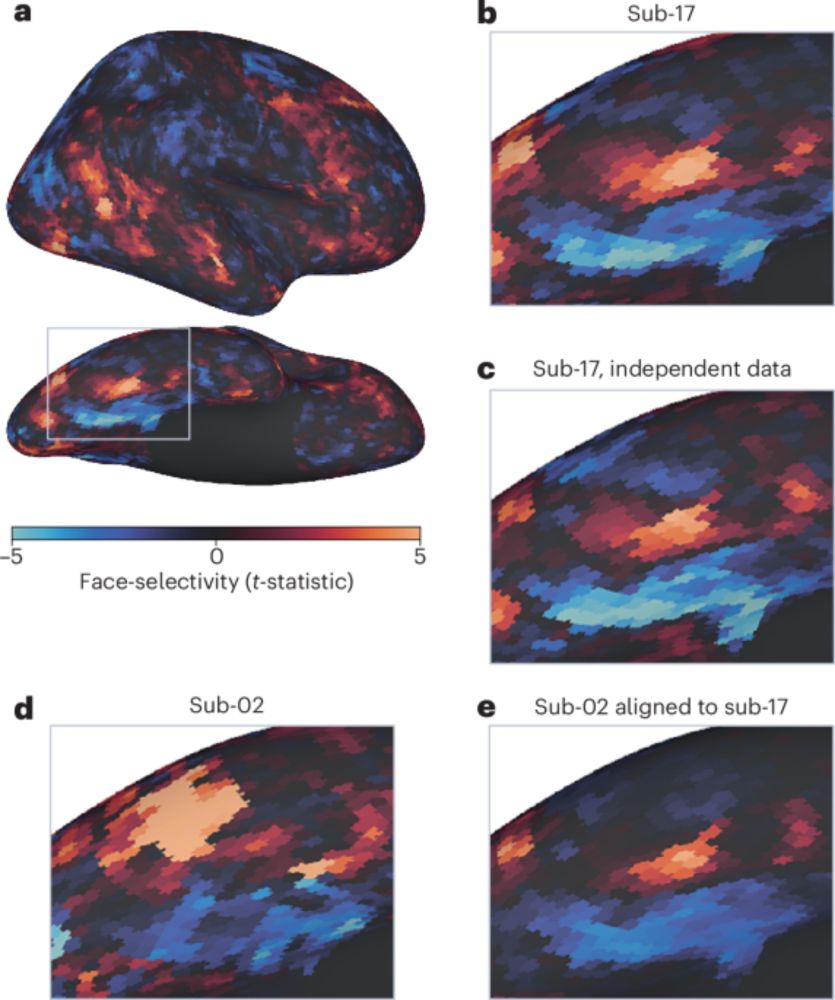
Advancing neural decoding with deep learning - Nature Computational Science
A recent study introduces a neural code conversion method that aligns brain activity across individuals without shared stimuli, using deep neural network-derived features to match stimulus content.
www.nature.com
Reposted by Simon Faghel-Soubeyrand
Martin Hebart
@martinhebart.bsky.social
· Jun 23

Dimensions underlying the representational alignment of deep neural networks with humans - Nature Machine Intelligence
An interpretability framework that compares how humans and deep neural networks process images has been presented. Their findings reveal that, unlike humans, deep neural networks focus more on visual ...
www.nature.com
Reposted by Simon Faghel-Soubeyrand
Xianhui He
@xianhuihe.bsky.social
· Jun 16
Reposted by Simon Faghel-Soubeyrand
Reposted by Simon Faghel-Soubeyrand
Reposted by Simon Faghel-Soubeyrand
